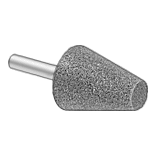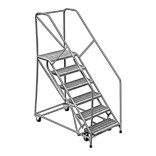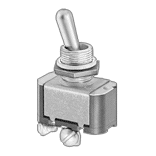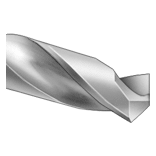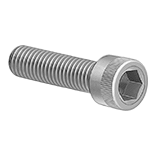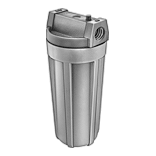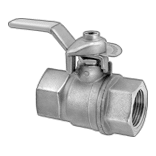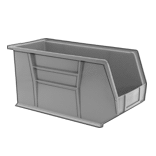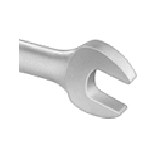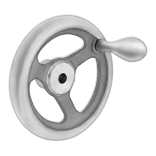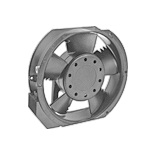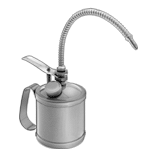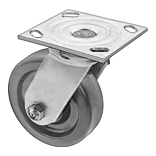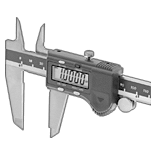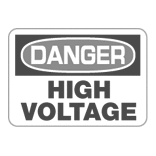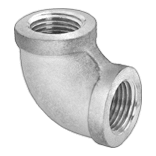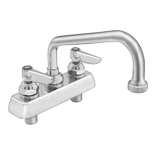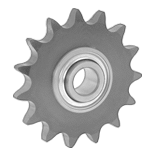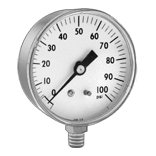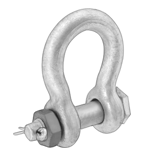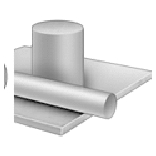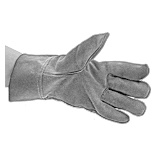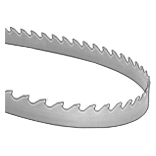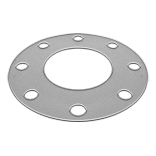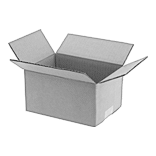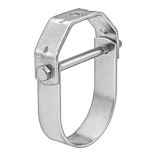Dremel 3D Printer Filaments
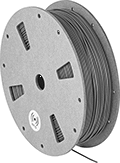
Build parts and prototypes from these filaments using Dremel fused filament fabrication (FFF) 3D printers. An RFID tag on the spool communicates with your printer, automatically adjusting it to the correct temperature and print speed for the filament material and notifying you when the filament is running out.
Nylon resists scratches and wear, and is often used to create parts that encounter constant friction such as gears or bearings. Nylon parts also won’t crack or shatter when they’re drilled or tapped. Exposure to humidity makes these filaments brittle and unusable, so they need to be stored in a sealed container with a desiccant. Like ECO-ABS, parts can warp during cooling and need a heated printer bed. Make sure your printer is connected to a ventilation system, as nylon emits fumes during printing.
Tensile strength is the best measure of a filament's overall strength. Similar to the stress applied on a rope during a game of tug-of-war, it's the amount of pulling force a material can handle before breaking. A higher rating means a stronger filament. A tensile strength of 5,000 psi and above is considered good; 12,000 psi and above is excellent.
Maximum exposure temperature is the point at which a printed part will begin to deform. Above this temperature, your printed parts will start to lose structural integrity.
Spool | ||||||||||||
|---|---|---|---|---|---|---|---|---|---|---|---|---|
| Manufacturer Model No. | Dia., mm | Printing Temp. | For Printer Bed Temp. | Tensile Strength | Max. Exposure Temp. | For Min. Nozzle Opening Dia., mm | Dia., mm | Dp., mm | Wt., g | Color | Each | |
Nylon Plastic | ||||||||||||
| DF45-NYP-B | 1.75 | 230° to 250° C 446° to 482° F | 80° C 176° F | 7,540 psi (Good) | 155° C 311° F | 0.4 | 180 | 55 | 500 | Black | 0000000 | 000000 |
